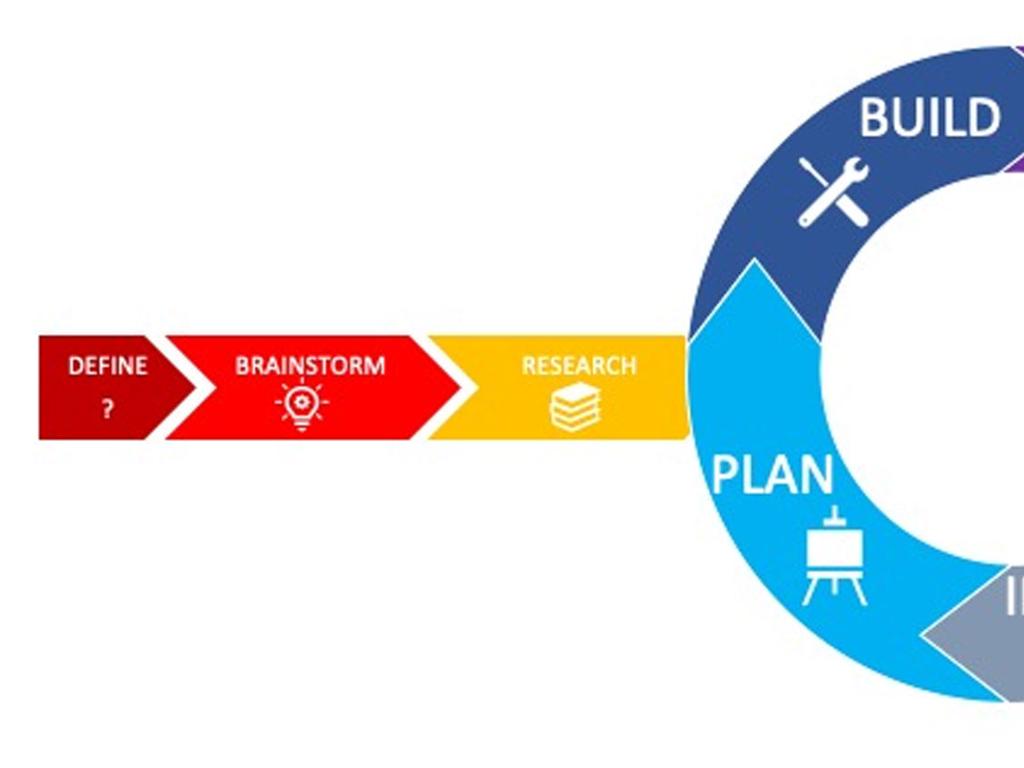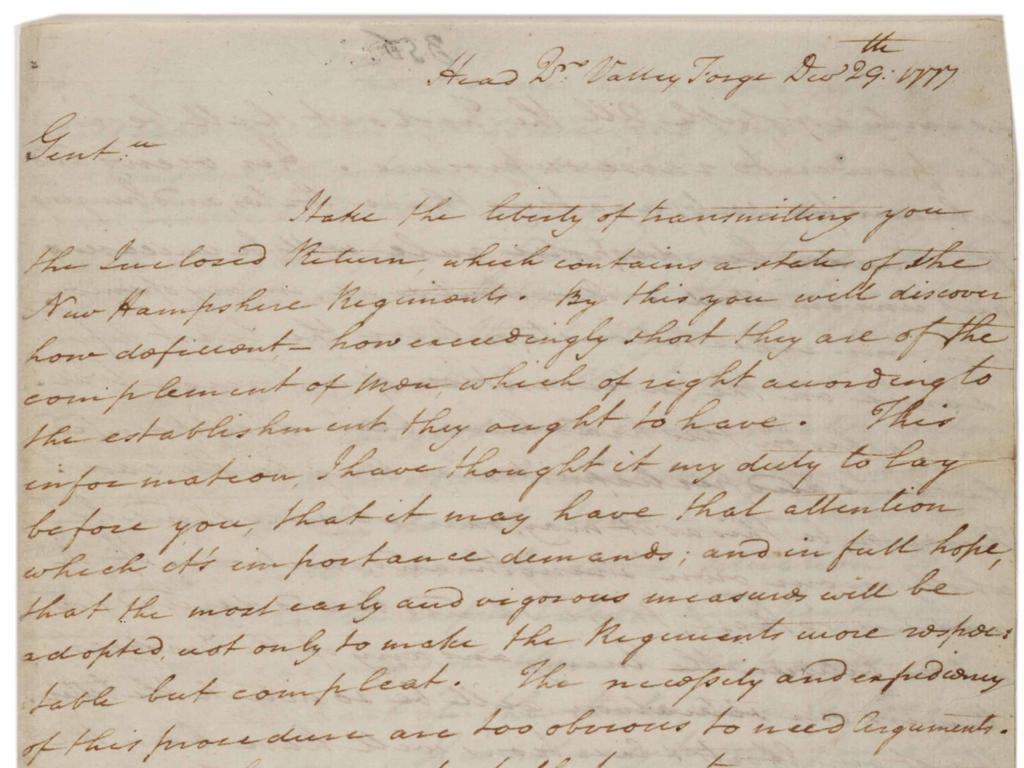Change-Of-State Diagrams: Solid, Liquid, And Gas
Subject: Science
Grade: Fourth grade
Topic: States Of Matter
Please LOG IN to download the presentation. Access is available to registered users only.
View More Content
Exploring Change-of-State Diagrams
– States of matter in our world
– Three main states: solid, liquid, gas
– Change-of-state diagrams explained
– Visual tools showing matter changing states
– Observing matter transitions
– Examples: Ice melting, water boiling
|
This slide introduces the concept of states of matter, focusing on the three main states: solid, liquid, and gas. Emphasize that everything around us is made up of matter in various states. Change-of-state diagrams are visual representations that help us understand how a substance can change from one state to another, such as ice melting into water or water evaporating into steam. Use relatable examples to show these transitions and encourage students to think of other examples they’ve observed in their daily lives. This will set the foundation for more in-depth exploration of how temperature and pressure affect these changes.
Exploring States of Matter
– Matter makes up our world
– Matter has 3 main states
– Solids have fixed shape; liquids flow; gases fill their container
– Daily life examples of each state
– Ice (solid), water (liquid), steam (gas)
– Understanding matter’s forms
|
This slide introduces the concept of matter and its three main states: solid, liquid, and gas. Begin by explaining that everything around us is made of matter. Matter is anything that takes up space and has mass. Then, describe the three states of matter, emphasizing the characteristics of each: solids have a fixed shape and volume, liquids have a fixed volume but take the shape of their container, and gases completely fill their container. Use relatable examples such as ice, water, and steam to illustrate the different states of matter in everyday life. Encourage students to think of other examples and how matter changes from one state to another. This foundational knowledge sets the stage for learning about change-of-state diagrams and the processes of melting, freezing, condensation, and evaporation.
Exploring Solids: States of Matter
– Solids have fixed shape and volume
– Solids don’t change shape like liquids or gases.
– Particles are packed closely
– They vibrate but don’t move freely.
– Examples: ice, rocks, wood
– Ice is solid water, rocks are solid earth, wood is solid part of trees.
|
This slide introduces students to the concept of solids within the broader topic of states of matter. Emphasize that solids have a definite shape and volume, unlike liquids and gases. Explain that the particles in a solid are tightly packed, which is why solids are rigid and maintain their shape. Use tangible examples like ice, rocks, and wood to help students visualize and understand the concept of solids. These examples are relatable and observable in the students’ everyday environment, making the concept more concrete. Encourage students to think of other examples of solids and discuss why they are categorized as such.
Understanding Liquids
– Liquids: fixed volume, variable shape
– Liquids don t change how much space they take up but can look different in various containers.
– Particles close but move freely
– Think of dancers on a floor close together but still able to move around each other.
– Examples: water, milk, oil
– Everyday liquids we see like the water we drink, milk in cereal, or oil for cooking.
|
This slide introduces students to the properties of liquids within the context of states of matter. Emphasize that while liquids have a fixed volume, meaning they can’t be compressed or expanded easily, they can change shape to fit their container. This is different from solids, which have a fixed shape, and gases, which have neither fixed volume nor shape. Use relatable examples like water, milk, and oil to illustrate the concept and help students visualize how particles in a liquid are packed closely but still have the ability to move past one another, allowing the liquid to flow. Encourage students to think of other examples of liquids and how they behave in different containers.
Gases All Around Us
– Gases lack fixed shape/volume
– They take the shape of their container
– Gas particles move freely
– Particles are far apart and move fast
– Examples: Air, helium, steam
– Air we breathe, balloons at parties, water vapor from cooking
|
This slide introduces students to the concept of gases, emphasizing their lack of fixed shape and volume. Explain that gases will fill any container they’re in, unlike solids and liquids. Discuss how the particles in a gas are much more spread out compared to solids and liquids, allowing them to move freely and quickly. Use everyday examples like the air around us, helium in balloons, and steam from boiling water to make the concept relatable. Encourage students to think of other examples of gases they encounter in daily life. This will help solidify their understanding of the properties of gases and how they differ from other states of matter.
Change-of-State Diagrams: Matter on the Move
– Matter changes states
– Solid to liquid to gas and back
– Key processes explained
– Melting, freezing, condensation, vaporization, sublimation, deposition
– Energy’s role in changes
– Energy is absorbed or released during state changes
– Diagrams as visual aids
|
This slide introduces students to the concept of matter changing from one state to another through various processes. Emphasize that matter can exist in three main states: solid, liquid, and gas. Explain that processes like melting, freezing, condensation, vaporization, sublimation, and deposition are ways that matter can change from one state to another. Highlight the importance of energy in these processes, with energy being either absorbed or released. Use diagrams to visually represent how these changes occur, making it easier for students to grasp the concepts. Encourage students to think of everyday examples of these processes, such as water boiling or ice melting.
Melting and Freezing: States of Matter
– Melting: solid turns to liquid
– Like ice cream melting on a hot day
– Freezing: liquid turns to solid
– Like water turning to ice in a freezer
– Heat makes ice melt into water
– Cold makes water freeze into ice
|
This slide introduces the concepts of melting and freezing as they relate to the states of matter. Melting occurs when a solid is heated and becomes a liquid, while freezing happens when a liquid is cooled and turns into a solid. Use everyday examples like ice melting into water on a warm day or water freezing into ice in a freezer to help students connect these concepts with their daily experiences. Encourage students to think of other examples of melting and freezing they have observed. This will help them understand how temperature affects the state of matter of an object.
Vaporization and Condensation
– Vaporization: Liquid to gas
– Like boiling water on a stove
– Condensation: Gas to liquid
– Like droplets on a cold glass
– Heat makes water boil to steam
– Cool steam turns to water droplets
|
This slide explains the processes of vaporization and condensation, which are part of the water cycle and important concepts in understanding states of matter. Vaporization occurs when a liquid turns into a gas, which can be observed when water boils to become steam. Condensation is the opposite process, where gas turns back into a liquid, like when steam cools down and forms water droplets on a cold surface. Use real-life examples such as boiling water for cooking and the condensation on the outside of a cold beverage container to illustrate these concepts. Encourage students to think of other examples where they have observed vaporization and condensation in their daily lives.
Sublimation and Deposition
– Sublimation: solid to gas
– Dry ice sublimates, skipping liquid
– Deposition: gas to solid
– Frost forms by deposition, skipping liquid
– No liquid stage involved
– Real-life example: fog machines
– Dry ice in fog machines creates ‘smoke’
|
This slide introduces students to the concepts of sublimation and deposition, which are less common but fascinating changes of state. Sublimation occurs when a solid turns directly into a gas without passing through the liquid state, like dry ice becoming vapor. Deposition is the opposite, where a gas becomes a solid without ever becoming a liquid, like water vapor turning into frost. These processes can be observed in everyday life, such as the use of dry ice in fog machines to create a smoke effect for entertainment purposes. Encourage students to think of other examples and discuss why these changes of state occur without the liquid phase.
Class Activity: States of Matter Relay!
– Divide into teams for relay
– Each team is a state of matter
– Relay race with water balloon
– Carry balloon carefully like liquid particles, freeze like solid, move freely like gas
– Discuss particle behavior
– How does this activity simulate the way particles move in solid, liquid, and gas states?
|
This activity is designed to help students understand the states of matter through a physical and fun relay race. By dividing the class into teams, each team will represent either a solid, liquid, or gas. The water balloon represents a liquid state, which must be handled with care to avoid ‘spillage’ or breaking. When tagged, students ‘freeze’ in place, representing how particles are closely packed in a solid state. When not tagged, they can move freely around, simulating the rapid and free movement of particles in a gaseous state. After the activity, lead a discussion to draw parallels between the game and particle behavior in different states of matter. This will help solidify their understanding of the concept. Possible variations of the activity could include changing the state each team represents mid-game or having different obstacles that represent a change in temperature or pressure.





/mla_works_cited_example.png)
